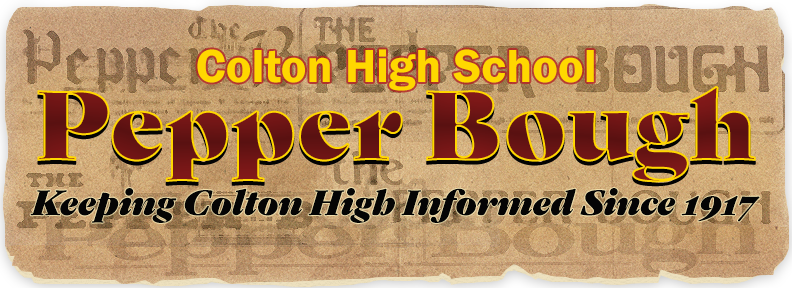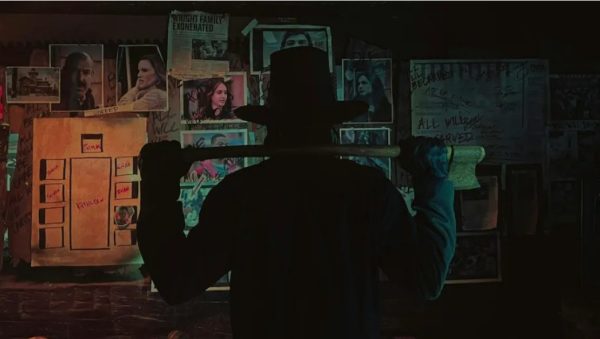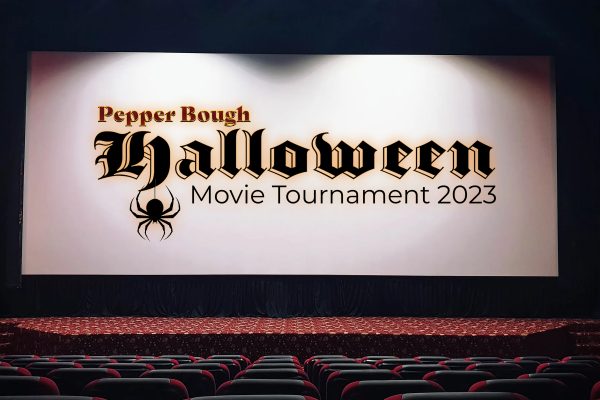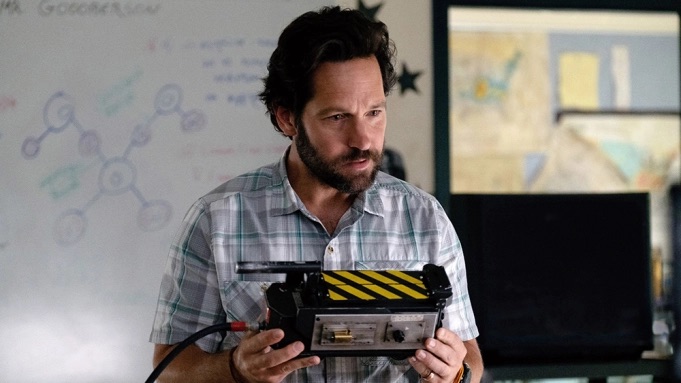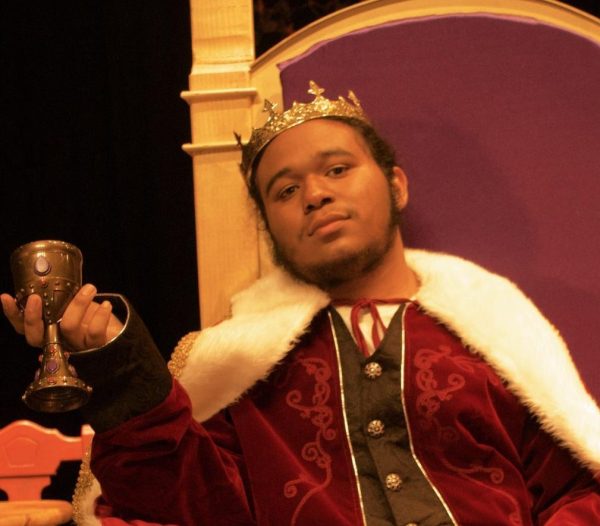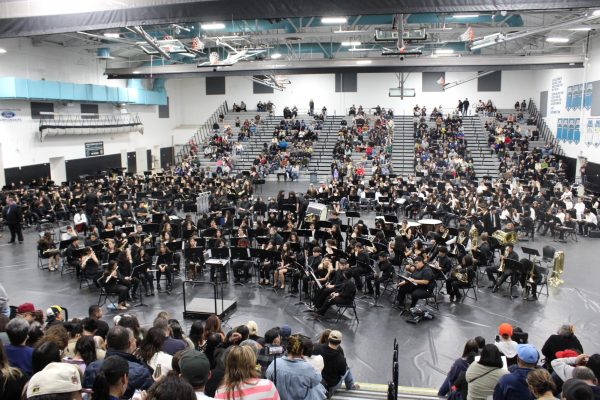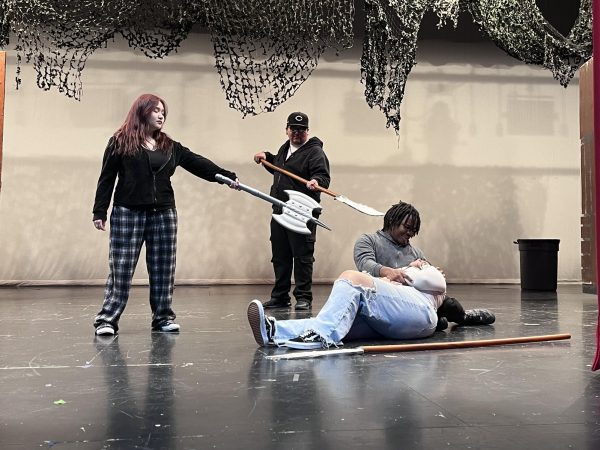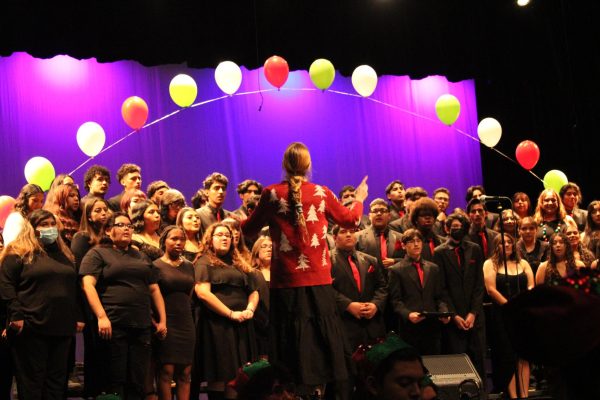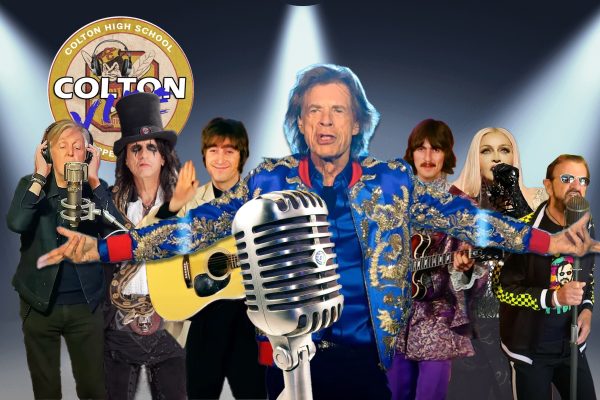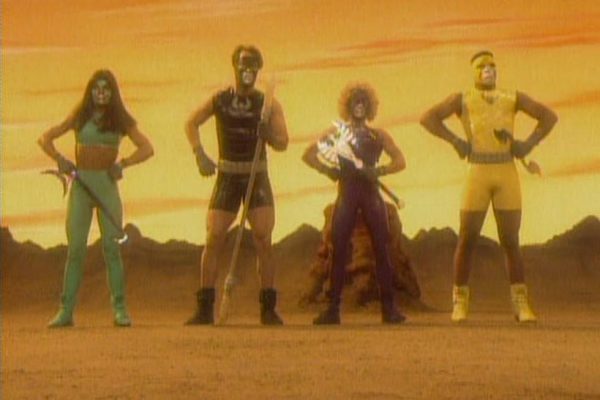“Ghostbusters: Afterlife” is a cheap nostalgia trip
More Movie Reviews…
Paul Rudd stares at a ghost trap with reverence in “Ghostbusters: Afterlife.”
 Is there a cheaper emotion than nostalgia?
Is there a cheaper emotion than nostalgia?
Either the studio executives responsible for the focus grouped mess that is “Ghostbusters: Afterlife” greedily think so, or they are too emotionally stunted to know the difference between the authentic and artificial.
The people responsible for this offensive studio product think you are easily duped by visions of proton packs, ghost traps, and miniature Stay Puft Marshmallow Men. They believe all you want out of a movie experience is a reminder of better movies you loved since you were a child. They are certain you just want to feel smart when you can laugh at a reference, a call back, or a not-so-obscure quote.
In other words, they think you are a mark who mistakes slop for stew, gristle for steak.
Make no mistake, despite anything good it has going for it—and it does have a couple things—“Ghostbusters: Afterlife” is a cynical bit of cosplay designed to deliver the cheapest thrills at the maximum price . . . your dignity.
To call this a movie is to insult movies, let alone the rarefied concept of “Cinema” that gets batted around on Twitter. No, this is an insult to other movie product, like Marvel Comics movies, James Bond movies, and a slew of other franchises. For the most part, those movies try to do something more interesting than provide fodder for YouTubers to prove their geek cred.
“Ghostbusters: Afterlife” isn’t a movie so much as an algorithm that hasn’t been programmed to understand why the original “Ghostbusters” worked. That movie was cynical, anti-authoritarian, ragged, and snide. It was punk rock. Its characters would have made fun of the religious devotion “Afterlife” has for the 1984 original.
The new film follows the J.J. Abrams’ “Star Wars” sequel template by keeping “Ghostbusters” all in the family. We pick up the story 36 years after the original with the family of Egon Spangler: his daughter Callie (Carrie Coon) and grandchildren Trevor (Finn Wolfhard) and Phoebe (McKenna Grace). After Egon’s death, the family inherits his home in the remote Midwestern fields of Oklahoma.
Apparently, Egon abandoned his daughter and friends 30 years earlier to research and deal with an apocalyptic menace. The abandonment is felt so deeply by Callie she has withheld her father’s legacy from her kids, which means they get the joy of discovery and you get the joy of reliving better days rewatching “Ghostbusters” and “Ghostbusters II” on VHS and DVD.
While this setup is intriguing, the execution is slow, plodding, and feels like a ripoff of a Spielberg ripoff—like “Super 8.” The movie gets fragmented into several subplots that could be stolen from different movies. Phoebe meets a cute friend named Podcast (he makes podcasts) and they embark on a “Goonies” adventure. Trevor falls in love with the local teenage waitress and they do the final scene of “Sixteen Candles.” Callie flirts with Phoebe’s cool summer school teacher (Paul Rudd) and they do late 80s rom-com.
Nothing gels. Everything is disjointed. The result is overlong, overstuffed, and overwhelming.
And that’s before the final act reveal that gives the film its subtitle, “Afterlife.” I won’t spoil this for you, but the filmmakers make a decision so grotesque and exploitative that any goodwill earned by McKenna Grace’s performance, or Coon and Rudd’s sexy chemistry, gets sucked up by a ghost trap, never to return. It’s a choice that angered me so much I was no longer willing to overlook the plot conveniences, leaps in logic, and the decision to ignore everything that actually made this franchise great.
While nostalgia might be cheap, if “Ghostbusters: Afterlife” is any indication, it is expensive to create. I’m sure there are fanboys out there right now keymastering all over themselves to this movie, especially after they hated the vastly superior 2016 reboot.
At least Paul Feig’s movie felt like a “Ghostbusters” movie. “Afterlife” feels like a focus group meeting between a bunch of fans who care more about their Ecto-1 Lego sets, Ectocooler Hi-C drinks, and proton pack replicas. It feels good to remember the good times, I guess, even if it means preventing more in the future.
“Ghostbusters: Afterlife” is currently playing in theaters nationwide.
Recently, the CHS Publications Department experienced a major theft as over $20,000 in photography equipment was stolen from our studio over Spring Break. This included all cameras. Any amount you donate will help rebuild our program. Thank you!
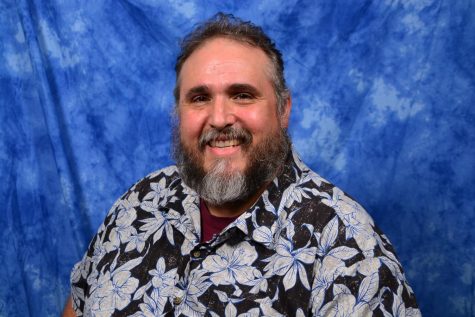
Jeremiah Dollins is in his third year as adviser for the award-winning Pepper Bough, Colton High School’s official source of news and entertainment....


